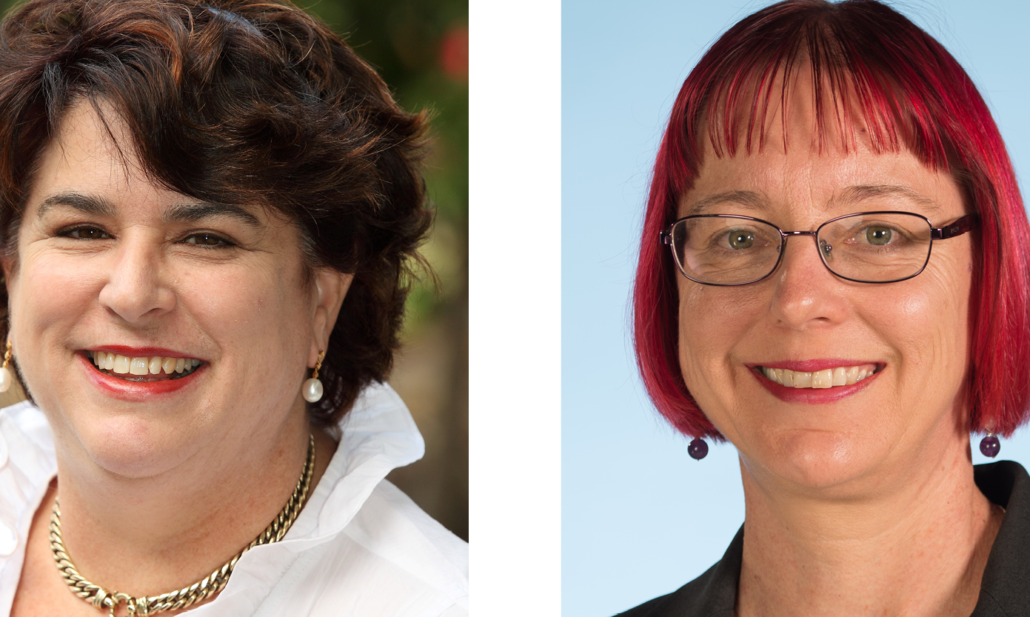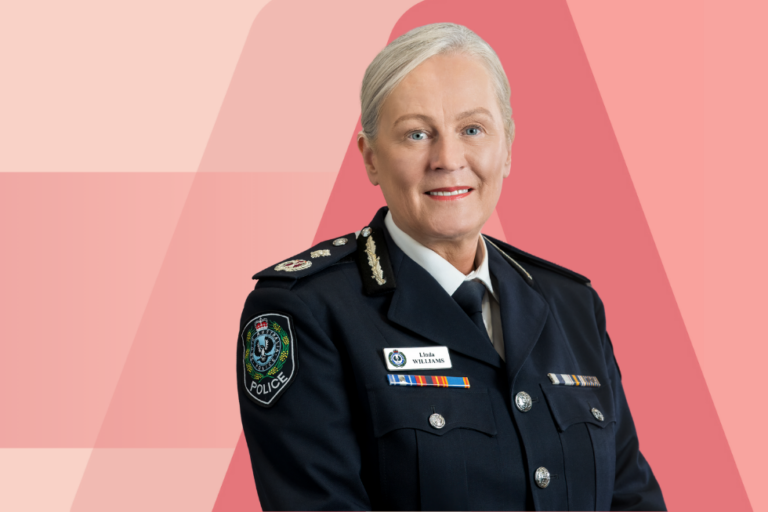The December 2019 issue of The Australian Journal of Public Administration published a ‘controversy’ written by Linda Colley (School of Business and Law, Central Queensland University) and Sue Williamson (School of Business, UNSW Canberra) called The Review of the APS: Is gender really on anyone’s agenda?
Colley and Williamson examined submissions made to the Independent Review of the Australian Public Service (APS) to assess whether, and how, organisations had considered gender equality. This was in the context of the Australian Government’s 2016 commitment to increasing gender equality in the APS — a commitment which did not translate into the Review Terms of Reference.
“We found an almost universal gender blindness in the submissions and concluded that this may have contributed to the Review panel ignoring gender equality issues in the interim report.
We further conclude that without a focus on gender equality within the Review and ensuing reforms, the APS gender equality strategy is rendered merely symbolic.”
Gender equality had also been front of mind at the first national conference of the Institute of Public Administration Australia (IPAA) — then the Australian Regional Groups of the Royal Institute of Public Administration — held in Canberra on 6 November 1958.
On the following day The Canberra Times reported that Mr Robert S. Parker — a Reader in Public Administration at the Australian National University and a member of the Prime Minister’s Committee of Inquiry into the Commonwealth Public Service — addressed the conference of 120 delegates held at the Hotel Canberra.
Mr Parker said that Australia was in an undistinguished minority of about half-a-dozen “civilised” countries which limited the number of opportunities available to “females” and especially to “married females” in the public service.
In their recent article Colley and Williamson commended the Australian Government for initiating the independent review of the APS’ culture, capabilities, and operating model, acknowledging the critical role the APS plays, but noted that “despite the government’s commitment to being an employer of choice, there is no explicit focus on the largest part of their workforce—women”.
Colley and Williamson’s article was published online some months before the final report by the Independent panel of the APS review was provided to the Australian Government. The report was released by the Prime Minister, the Hon Scott Morrison MP, along with the Australian Government’s response, on 13 December 2019 with the Government agreeing “with the majority of the independent panel’s recommendations”.
So how well did the final report and the Government’s response deal with gender equality from the perspectives of Colley and Williamson?
“The report considered gender equality within a broader discussion of diversity and inclusion. The panel’s recommendation — that an APS-wide diversity and inclusion strategy be developed — is an important initiative and one which could make a significant difference to women, and people from other diversity target groups.
We’re disappointed that this recommendation was not supported by the Government which stated that the current suite of initiatives is sufficient. “
The Government agreed “in part” with the panel’s recommendations that the APS recruit, develop and promote “more people with diverse views and backgrounds”, noting that the APS is developing new gender, disability and employment strategies.
The panel also recommended that meaningful targets and baseline metrics be developed to progress diversity and inclusion. This recommendation was not specifically supported by the Government to Colley and Williamson’s disappointment:
“Including meaningful targets is essential. Our research has found that many of the targets contained in APS Gender Equality Action Plans are vague and unrelated. As well as developing targets, and metrics, it is also essential to publish this data, evaluate, and then build on progress made”.
It is fortunate that gender equality in the public service has been very much on the agenda since Mr Parker’s address in 1958, and that the enemies of quality and efficiency in Australia’s public service as he saw them have been vanquished: female talent is no longer wasted arbitrarily; the anachronistic marriage bar has been removed; and preference is no longer given to ex-servicemen.
IPAA will celebrate the importance of women to public administration in 2020 with a number of events to mark International Women’s Day in February and March, with other events and conferences scheduled for later in the year. Visit our Events page for more information.
REFERENCES
Canberra Times (1958, 7 November) ‘Limited Opportunities for Women Deplored’ http://nla.gov.au/nla.news-article103059263 [accessed 9 January 2020].
Colley, L. and Williamson, S. (2019) ‘The Review of the APS: is gender really on anyone’s agenda?’, Australian Journal of Public Administration, Vol. 78, Issue 4, pp 651–656.
Commonwealth of Australia (2019) ‘Delivering for Australians. A world-class Australian Public Service: The Government’s APS reform agenda’. Available from https://pmc.gov.au/resource-centre/government/delivering-for-australians [accessed 8 January 2020].
Commonwealth of Australia (2019) ‘Our Public Service Our Future: Independent Review of the Australian Public Service’. Available from https://pmc.gov.au/resource-centre/government/independent-review-australian-public-service [accessed 8 January 2020].






